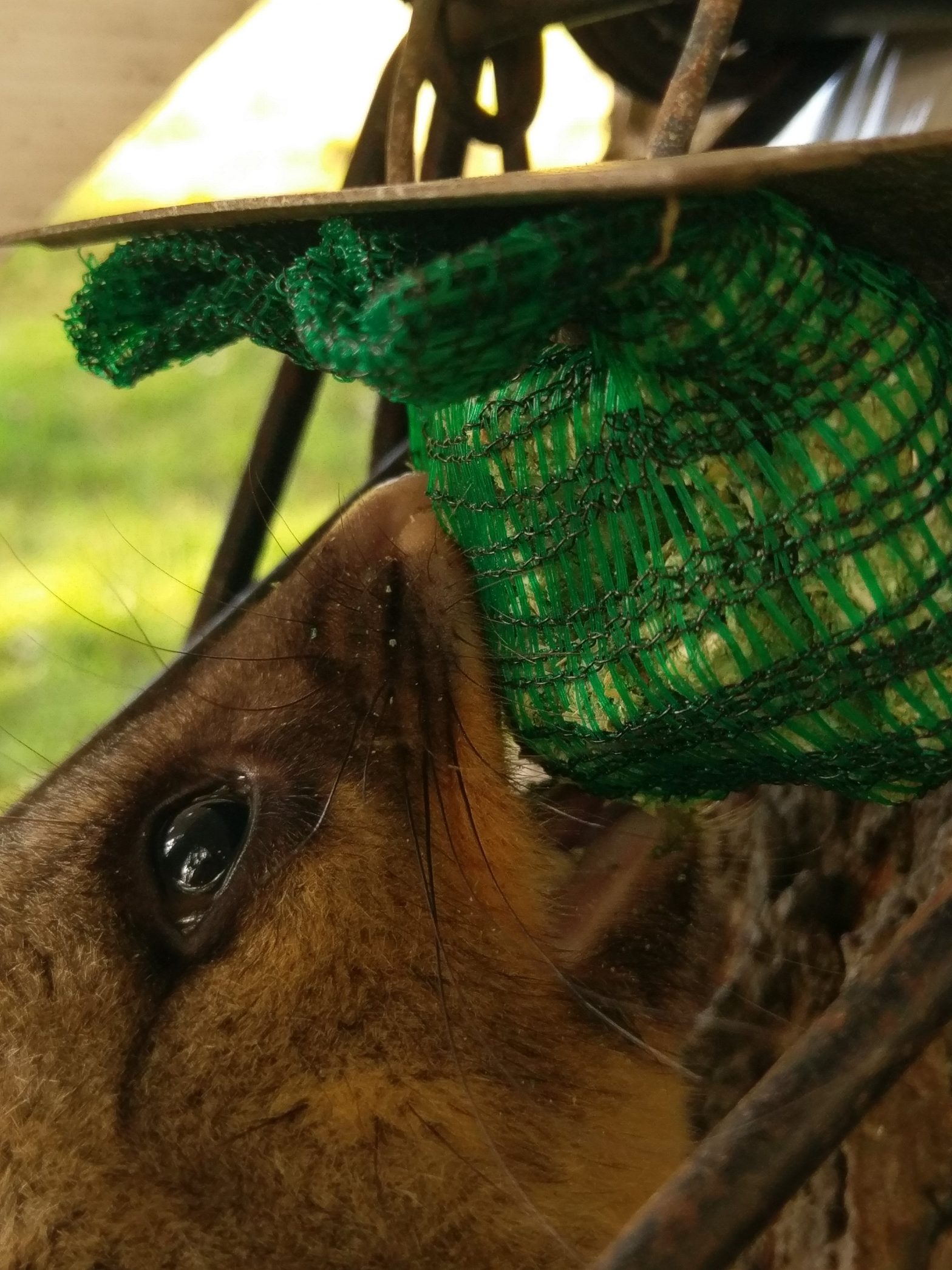How do I deal with possums?
Shooting - Where there is a high density of possums shooting at key times of the year is the best way to get numbers down. Once numbers are low it can be of little reward until they are targeting certain foods on open trees, pines from May to Oct, willow and poplar from Sep to Dec.
Trapping - Cages are by far the most effective but must be checked daily, unless using a monitored cage (which we highly recommend.) Kill traps have become increasingly effective with long life lures and better understanding of animal behaviour. Multi-kill traps such as the AT220 are proving to be exceptional; after an initial investment they soon pay for themselves. The trusty Timm's trap with some tweaks and clever mounting can also get very good results with little maintenance.
Baiting - Possums are large robust animals and the toxins required for an instant knockdown require special licensing. Recent developments in bait technology has given us Double Tap, a single feed fast kill bait with very low secondary kill risk. When used in a regular schedule (every 90 days) this is a very effective means of control, and will reduce rat numbers too!
How do I deal with rats?
Rats are easy to get rid of but they breed up again very fast. With our warm climate rats can breed year round and with unlimited food two rats have the potential to become 8,000 rats in one year. In our favour is the fact they don't travel far from their nests (35m radius) so with constant control in place they can be easily managed. Ensure the neighbours are doing the same and you'll be rat free.
Traps - Traps are a good way to control rats on smaller properties and around residential areas. The downside of trapping is they require regular maintenance. See our Rat Trap Tips for the best ways to go about it.
Bait Stations - The most effective and low maintenance way of controlling rats is the bait station. Rats don't require a high potency bait so safer 'first generation' baits are a great option. A bait station every 50m in bush blocks or anywhere there is food and water is enough to keep rat numbers near zero.
How do I deal with mustelids (stoats, ferrets and weasels)?
Ferrets are relatively easy to catch, they move on quickly however so if they aren't interested in your lure or can't get into your trap, you might miss out.
Live capture trap - The same trap used for feral cats is also great for ferrets, in fact you will catch possums, rats and hedgehogs too. Mayo and salmon oil works really, as does fresh rabbit or the cheapest possible fishy "own brand" cat food. Check the trap every day within 12 hours of sunrise. Once you have caught a ferret, shoot it in the trap and remove the body, then reset the trap in exactly the same place - the smell of the dead ferret will often attract other mustelids.
Stoats, and weasels can be trickier to trap, but they are voracious predators of our birds, lizards and invertebrates, so are well worth targeting.
Kill traps - Use DOC150 or DOC200 for stoats and weasels. Use the stronger DOC250 trap for ferrets. Set trap inside a box or tunnel to avoid harming birds. The KBL tunnel trap and Timms trap can also be used. The best bait is fresh rabbit, but salted or dried rabbit, whole eggs or pilchards can also work.
- For stoats and weasels, set traps along habitat edges, ridges, tracks, roads, contours and waterways.
- For ferrets, set traps along linear landscape features such as paths or farm tracks, in isolated patches of cover, and around farm buildings and offal pits.
How do I deal with feral cats?
Feral cats live and breed as wild animals. They are a huge and underestimated problem, killing large numbers of birds, bats, lizards, fish, frogs and invertebrates in New Zealand every year.
Live capture trap - The same trap used for ferrets is also great for feral cats, in fact you will catch possums, rats and hedgehogs too. Mayo and salmon oil works really well, as does rabbit or cheap cat food. Check the trap every day within 12 hours of sunrise. Peg down the trap if it is on a slope to remove the chance of the trap rolling and allowing the cat to escape. Feral cats can be distinguished from stray domestic cats in the trap by their aggressive behaviour (Hissing, growling, striking, rapid circling and spraying). It is best to shoot a feral cat while it is still in the trap, rather than trying to remove it and risking it escaping. Feral cats that have escaped a live catch trap become highly "trap-shy" and often cannot be caught again.
Night shooting - Feral cats are most active at night, so night shooting with a spotlight or night vision can be very effective.
Sounds like a lot of work?
Predator control has traditionally been a laborious task but this is changing quickly. Advances in our understanding of animal behaviour, in technology, and chemistry is reducing the workload significantly.
A 5 times a year action plan is all that is required to keep on top. Every school holidays load up the traps or bait stations, and do one extra check in February. Long life lures and multi-catch traps are entering the market now, these have the potential to be effective for 6 months without maintenance!
Where do I get the equipment and materials?
Your first port of call should be the nearest active project, see the Area's page to find yours. There are also many online suppliers of traps, cages and materials.
How can I keep track of everything?
All areas have a Trap.nz project, see your local area page for details.
